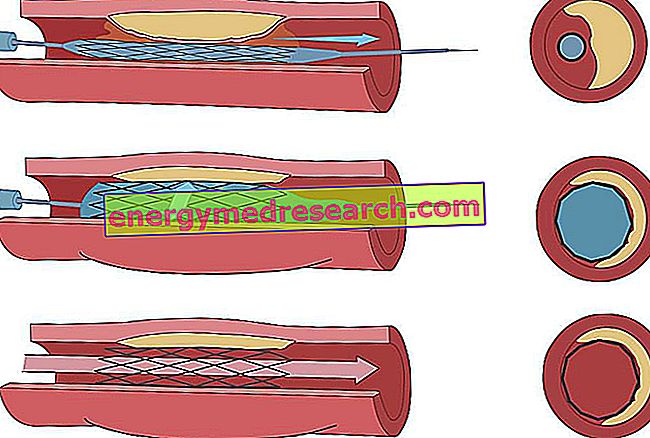
Carotid angioplasty with stenting it is a non-surgical medical procedure, by which vascular surgeons "release" the occluded or severely restricted carotid arteries.
This dangerous pathological condition - which in medical language is defined as obstructive disease of the carotid arteries - is a possible consequence of atherosclerosis and may be the basis of episodes of ischemic stroke or TIA ( transient ischemic attack ).
HIGHLIGHTS OF THE PROCEDURE
From the operational point of view, a carotid angioplasty with stenting begins with:
- The administration of heparin to reduce the tendency of blood to form dangerous clots.
- Injection of a local anesthetic . Local anesthesia is practiced at the point where the catheters will be inserted for angioplasty and stenting (groin or arm).
- The request by the doctor to the patient to show signs of conscience throughout the operation.
So, continue with:
- The injection, in the carotid arteries, of a contrast liquid visible to X-rays . It is useful for the doctor to identify the precise location of the obstruction.
- The realization of an angioplasty . It means that the surgeon inserts a balloon catheter into the arterial system and leads it to the occluded carotid tract. Here, the balloon is expanded to restore the passage of blood inside the vessel.
Finally, it ends with:
- The use of a filter to collect any residues of the atheromatous plaque ; residues that could come off when the balloon expands. Today, this operation can be performed simultaneously with angioplasty.
- Stenting, or the housing, in the previously occluded carotid tract, of a cylindrical-shaped wire mesh ( stent ). The stent is positioned at the desired point by means of a second catheter and serves to maintain the re-established vascular patency.



